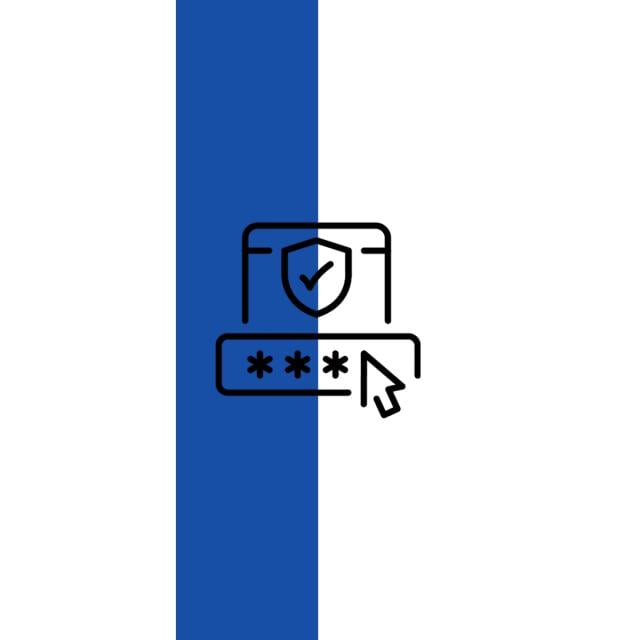MOOC List is learner-supported. When you buy through links on our site, we may earn an affiliate commission.

MOOC List is learner-supported. When you buy through links on our site, we may earn an affiliate commission.
In this course, you will take a deeper dive into concepts introduced in the first course, with an emphasis on how cybersecurity professionals use frameworks and controls to protect business operations. In particular, you'll identify the steps of risk management and explore common threats, risks, and vulnerabilities. Additionally, you'll explore Security Information and Event Management (SIEM) data and use a playbook to respond to identified threats, risks, and vulnerabilities. Finally, you will take an important step towards becoming a cybersecurity professional and practice performing a security audit.
Google employees who currently work in cybersecurity will guide you through videos, provide hands-on activities and examples that simulate common cybersecurity tasks, and help you build your skills to prepare for jobs.
Learners who complete this certificate will be equipped to apply for entry-level cybersecurity roles. No previous experience is necessary.
By the end of this course, you will:
- Identify the common threats, risks, and vulnerabilities to business operations.
- Understand the threats, risks, and vulnerabilities that entry-level cybersecurity analysts are most focused on.
- Comprehend the purpose of security frameworks and controls.
- Describe the confidentiality, integrity, and availability (CIA) triad.
- Explain the National Institute of Standards and Technology (NIST) framework.
- Explore and practice conducting a security audit.
- Use a playbook to respond to threats, risks, and vulnerabilities.
Syllabus
WEEK 1
Security domains
You will gain understanding of the CISSP’s eight security domains. Then, you'll learn about primary threats, risks, and vulnerabilities to business operations. In addition, you'll explore the National Institute of Standards and Technology’s (NIST) Risk Management Framework (RMF) and the steps of risk management.
WEEK 2
Security frameworks and controls
You will focus on security frameworks and controls, along with the core components of the confidentiality, integrity, and availability (CIA) triad. You'll learn about Open Web Application Security Project (OWASP) security principles and security audits.
WEEK 3
Introduction to cybersecurity tools
You will explore industry leading security information and event management (SIEM) tools that are used by security professionals to protect business operations. You'll learn how entry-level security analysts use SIEM dashboards as part of their every day work.
WEEK 4
Use playbooks to respond to incidents
You'll learn about the purposes and common uses of playbooks. You'll also explore how cybersecurity professionals use playbooks to respond to identified threats, risks, and vulnerabilities.
MOOC List is learner-supported. When you buy through links on our site, we may earn an affiliate commission.
MOOC List is learner-supported. When you buy through links on our site, we may earn an affiliate commission.
